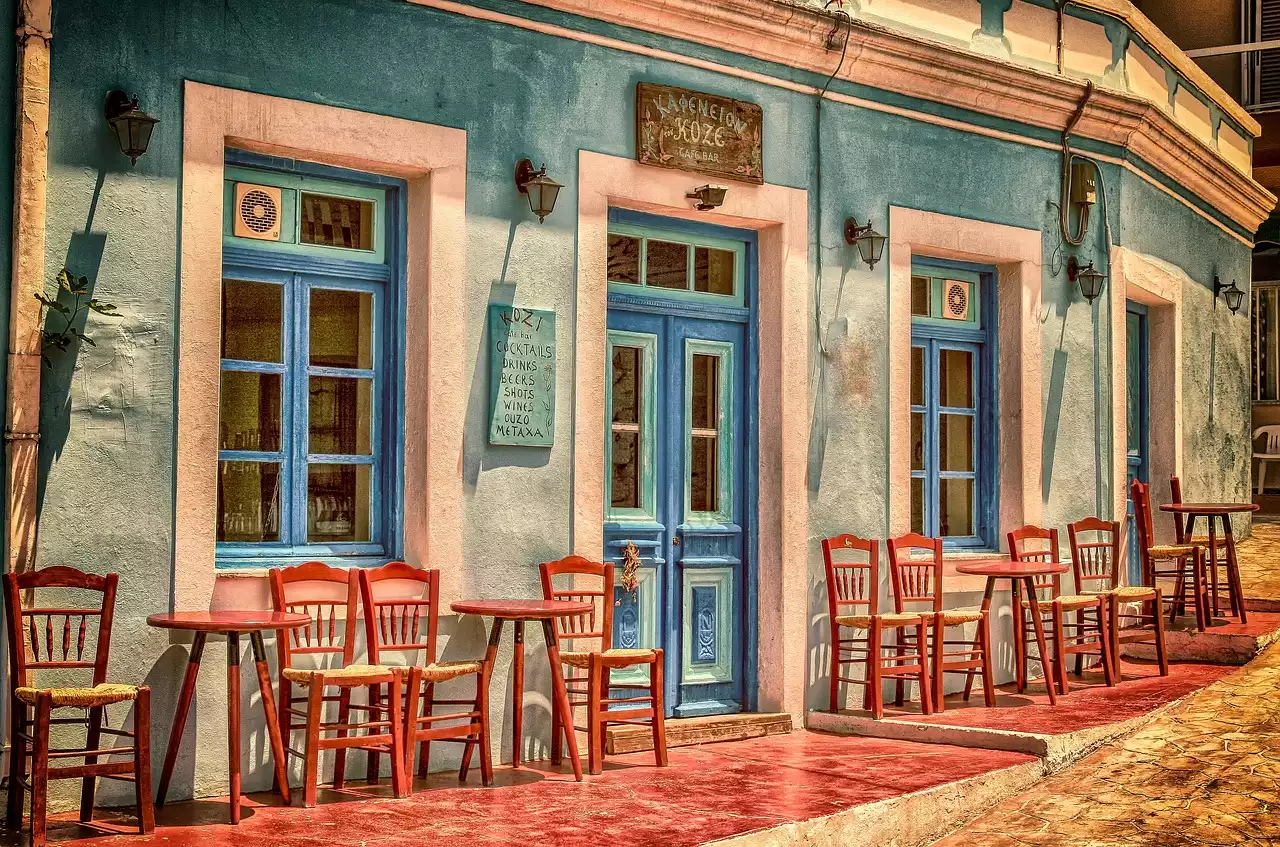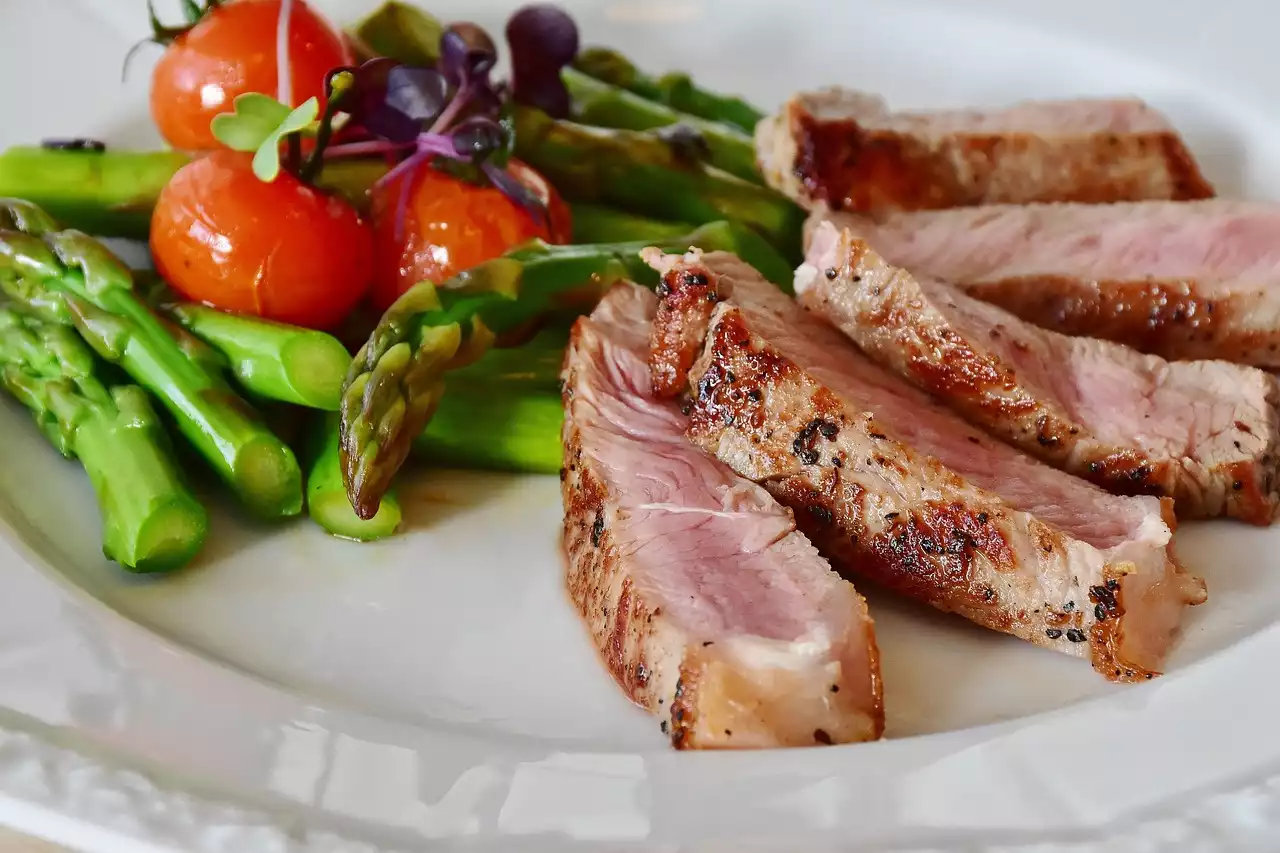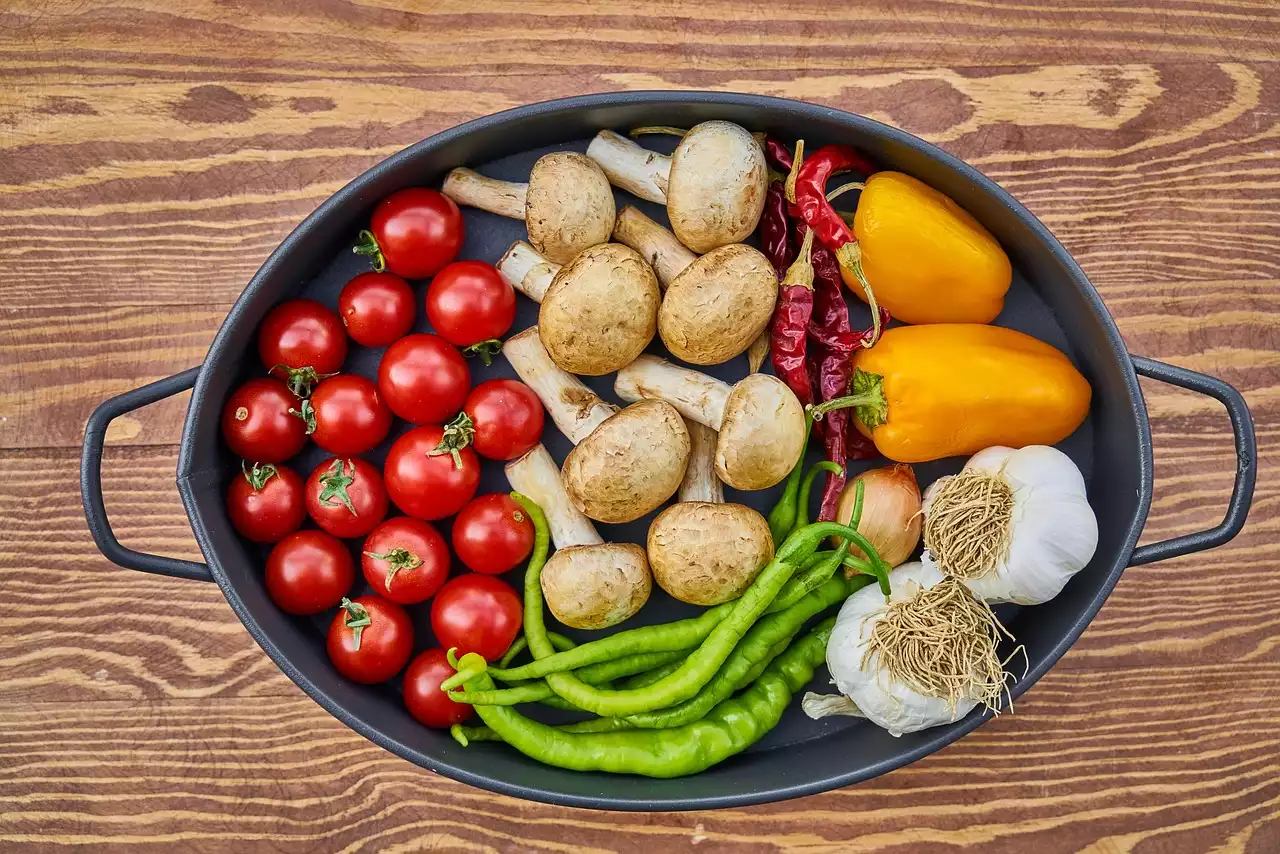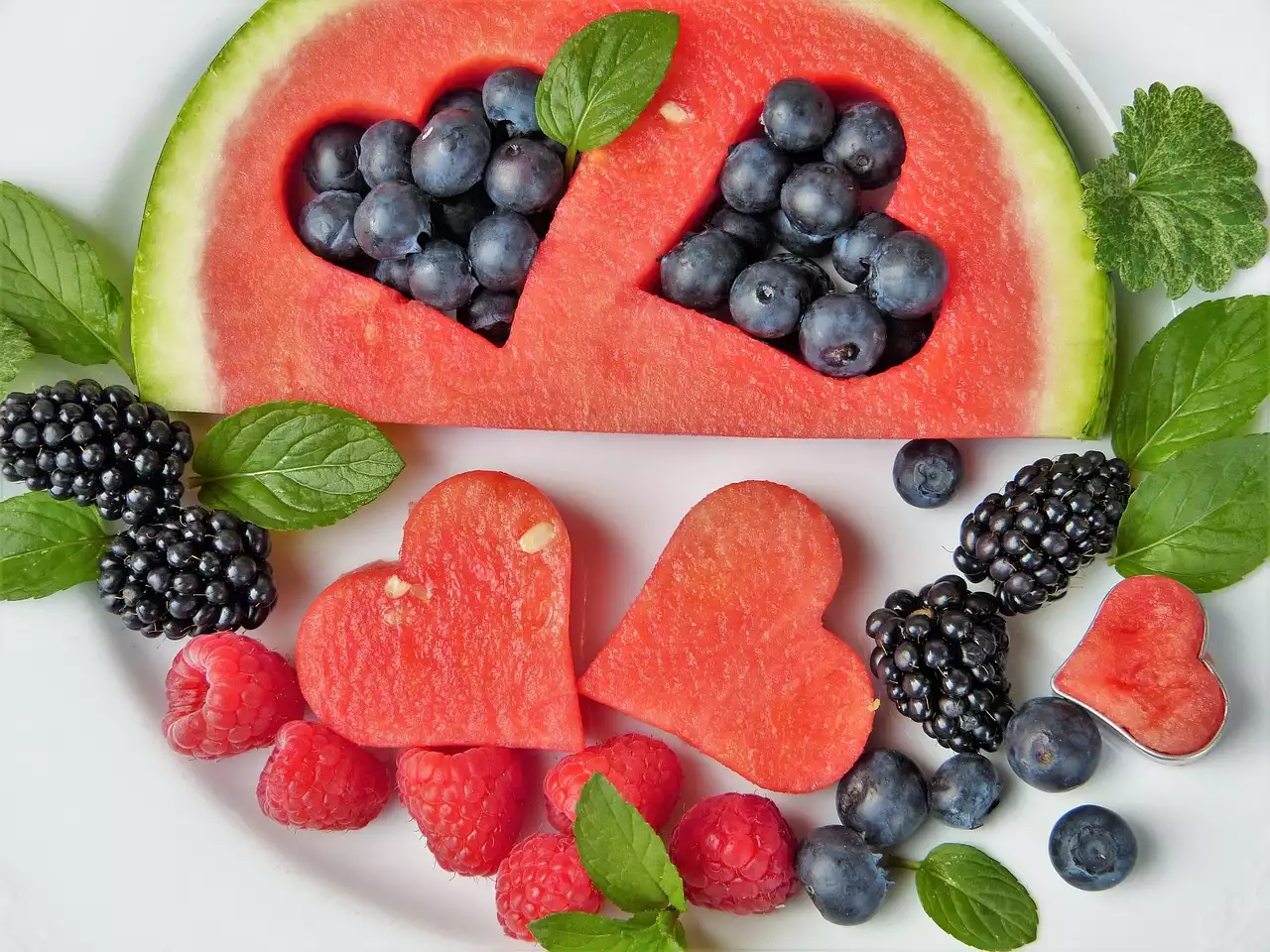What is a Gluten-Free and Dairy-Free Diet?
A gluten-free diet is a dietary plan that excludes gluten, a protein found in grains like wheat, barley, and rye. Gluten can cause inflammation and damage to the small intestine in people with celiac disease, a serious autoimmune disorder. However, many people who do not have celiac disease or a gluten sensitivity choose to follow a gluten-free diet due to its potential health benefits.
On the other hand, a dairy-free diet is one that avoids all dairy products, including milk, cheese, yogurt, and butter. People may choose to follow a dairy-free diet due to lactose intolerance, milk allergies, or ethical reasons.
Gluten-free and dairy-free diets are often combined because many people who are intolerant to gluten are also intolerant to lactose. Additionally, many processed foods contain both gluten and dairy, making it difficult to follow one diet without the other.
Reasons for Following a Gluten-Free and Dairy-Free Diet
There are various reasons why someone might choose to follow a gluten-free and dairy-free diet. For some, it's a necessary dietary restriction due to celiac disease or lactose intolerance. For others, they may experience symptoms such as bloating, diarrhea, constipation, headaches, or skin problems after consuming gluten or dairy products.
Moreover, some believe that a gluten-free and dairy-free diet can help with weight loss, reduce inflammation, improve digestion, and boost energy levels. However, there is limited scientific evidence to support these claims, and more research is needed to determine their validity.
Health Benefits of a Gluten-Free and Dairy-Free Diet
There are potential health benefits to following a gluten-free and dairy-free diet. For those with celiac disease or gluten sensitivity, a gluten-free diet can alleviate symptoms such as diarrhea, abdominal pain, and skin rashes. A dairy-free diet can help reduce symptoms like bloating, gas, and diarrhea in people with lactose intolerance.
Additionally, some studies suggest that a gluten-free and dairy-free diet may improve symptoms of other health conditions, such as irritable bowel syndrome, rheumatoid arthritis, and eczema. However, further research is needed to confirm these findings.
Common Foods to Avoid on a Gluten-Free and Dairy-Free Diet
Following a gluten-free and dairy-free diet requires avoiding certain foods that contain gluten or dairy. Foods to avoid on a gluten-free diet include wheat, barley, rye, and foods that contain these grains or their derivatives, such as bread, pasta, cereal, and baked goods. Dairy-free foods to avoid include milk, cheese, yogurt, butter, and foods that contain these products, such as cream-based sauces, ice cream, and whipped cream.
It's also important to check food labels carefully, as many processed foods contain hidden sources of gluten or dairy. Look for terms like "modified food starch," "whey," or "casein" on food labels, which can indicate the presence of gluten or dairy.
Gluten-Free and Dairy-Free Alternatives
Luckily, there are plenty of gluten-free and dairy-free alternatives available. Gluten-free grains include rice, corn, quinoa, and oats (if labeled gluten-free). Non-dairy milk alternatives include almond, soy, rice, and oat milk. Dairy-free cheese and yogurt alternatives are also available, made from soy or coconut milk.
When cooking or baking, gluten-free flours like rice flour, potato flour, or almond flour can be used as a substitute for wheat flour. Similarly, non-dairy butter alternatives like coconut oil or margarine can be used in place of butter.
How to Start a Gluten-Free and Dairy-Free Diet
If you're considering a gluten-free and dairy-free diet, it's important to consult with a healthcare professional or registered dietitian to ensure that you're meeting your nutritional needs.
Start by focusing on whole, unprocessed foods like fruits, vegetables, lean meats, and gluten-free grains. Experiment with recipes and try out new gluten-free and dairy-free alternatives. Planning ahead and meal prepping can also make it easier to stick to the diet.
Eating Out on a Gluten-Free and Dairy-Free Diet
Eating out can be a challenge when following a gluten-free and dairy-free diet. It's important to communicate your dietary needs to the server or chef and ask for gluten-free or dairy-free options. Many restaurants now offer gluten-free or dairy-free menus, so be sure to ask.
It's also helpful to research restaurants ahead of time and choose ones that cater to gluten-free and dairy-free diets. When in doubt, opt for simple dishes like grilled meats and vegetables, and avoid sauces or dressings that may contain gluten or dairy.
How to eat safely at a restaurant when you're gluten-free
Gluten-Free and Dairy-Free Recipes and Meal Ideas
Following a gluten-free and dairy-free diet doesn't have to be boring or restrictive. There are countless recipes and meal ideas available that are both delicious and nutritious.
For breakfast, try oatmeal with almond milk and fresh fruit, or a gluten-free and dairy-free smoothie bowl. For lunch or dinner, grilled chicken with roasted vegetables and quinoa, or a gluten-free and dairy-free pizza with non-dairy cheese are great options.
Tips for Maintaining a Gluten-Free and Dairy-Free Diet
Maintaining a gluten-free and dairy-free diet can be challenging, but there are ways to make it easier. Here are some tips:
- Plan ahead and meal prep
- Keep gluten-free and dairy-free snacks on hand
- Check food labels carefully
- Communicate your dietary needs to restaurants
- Experiment with new recipes and alternatives
- Join a support group or online community









